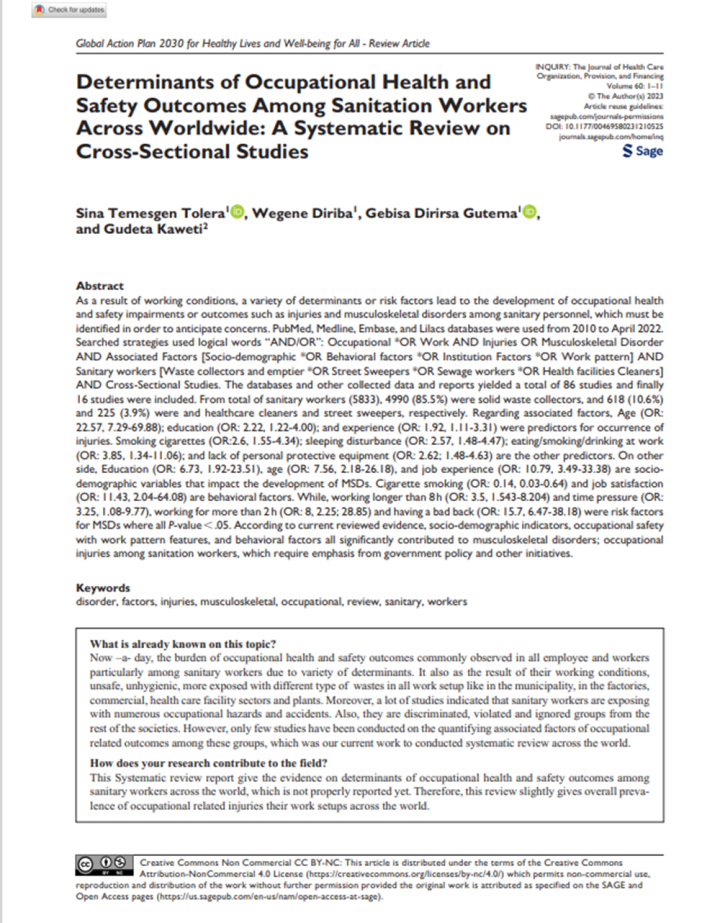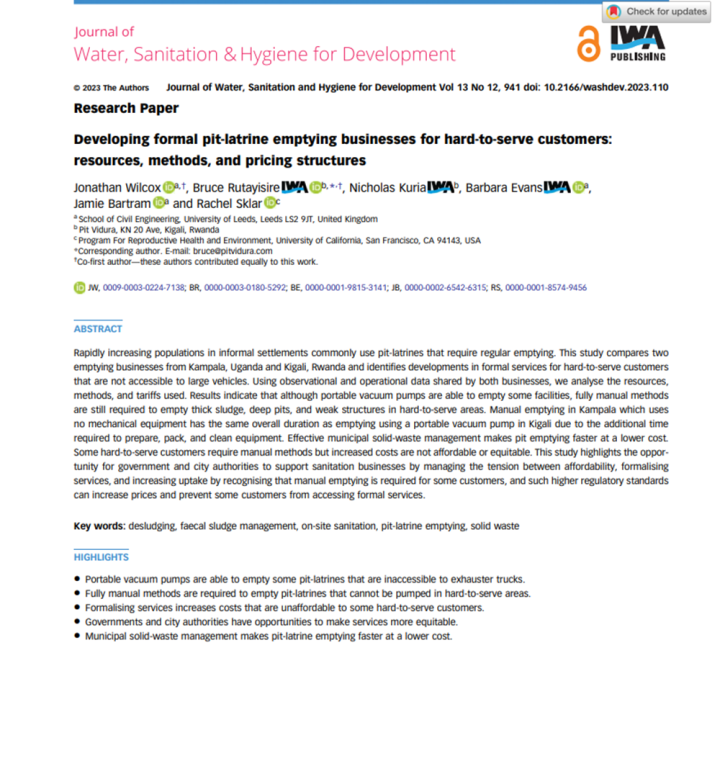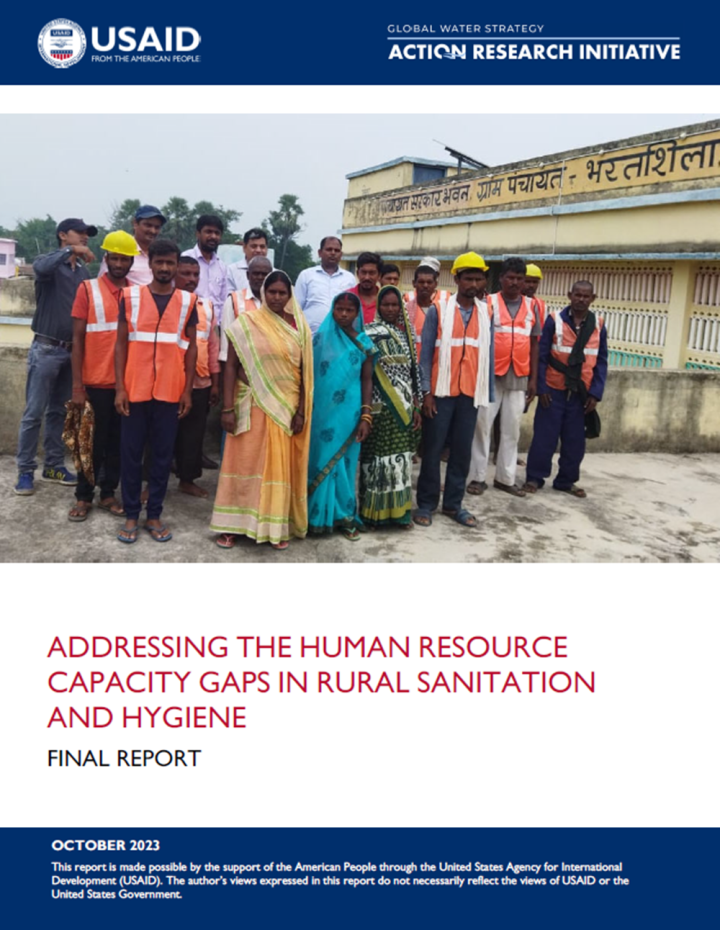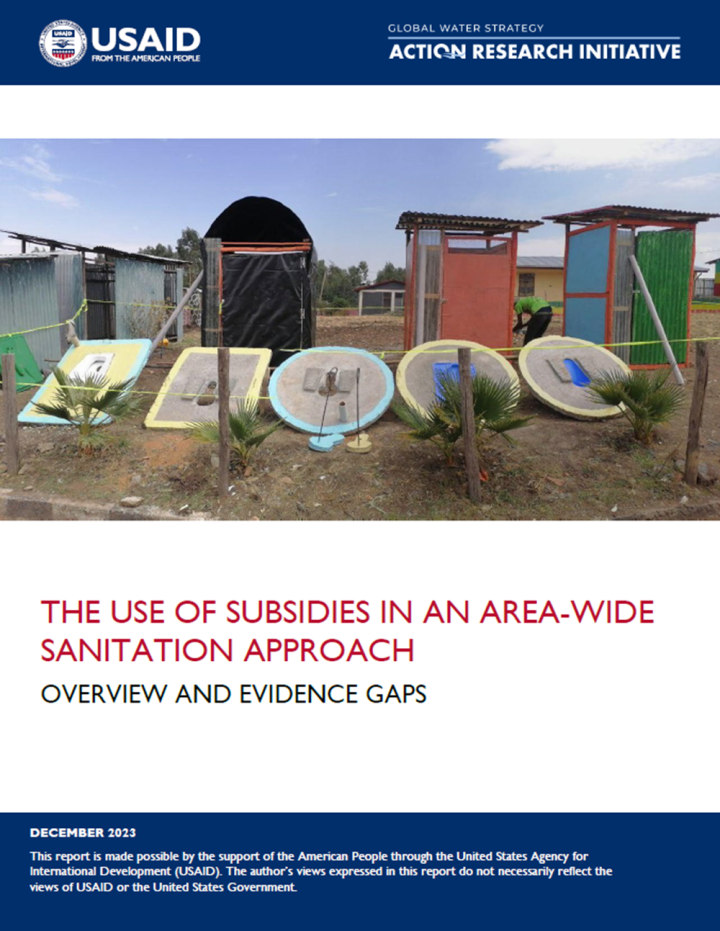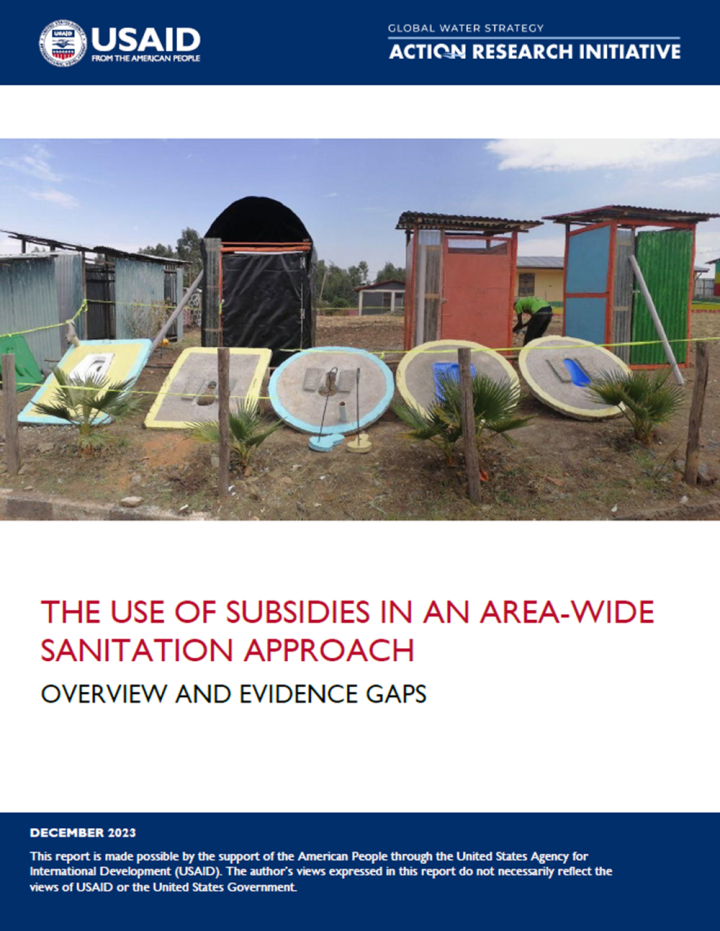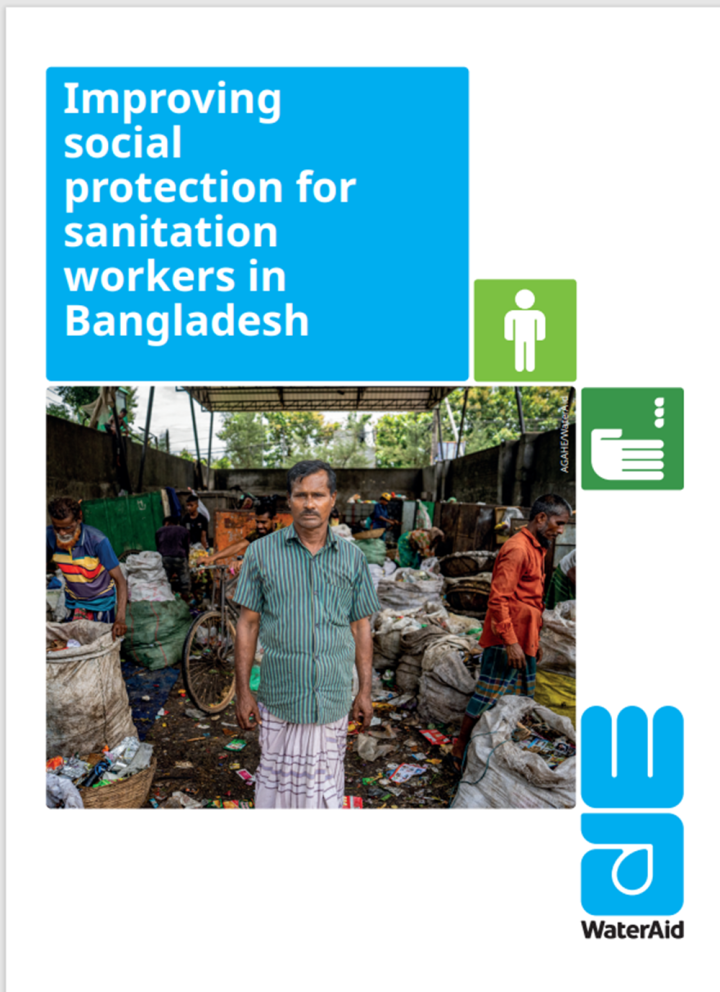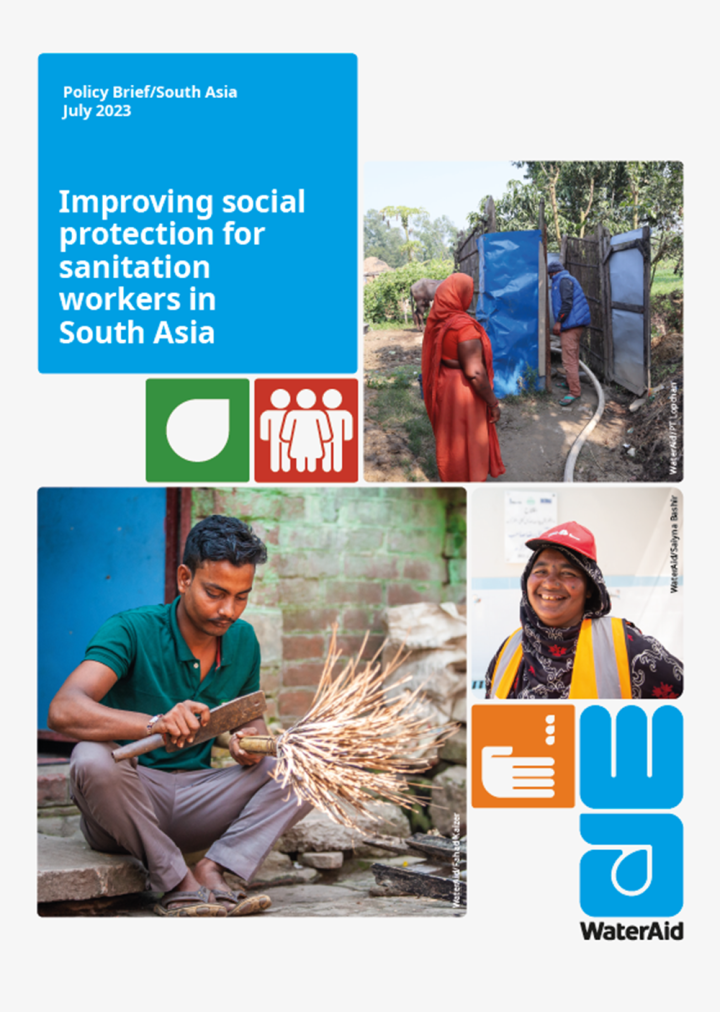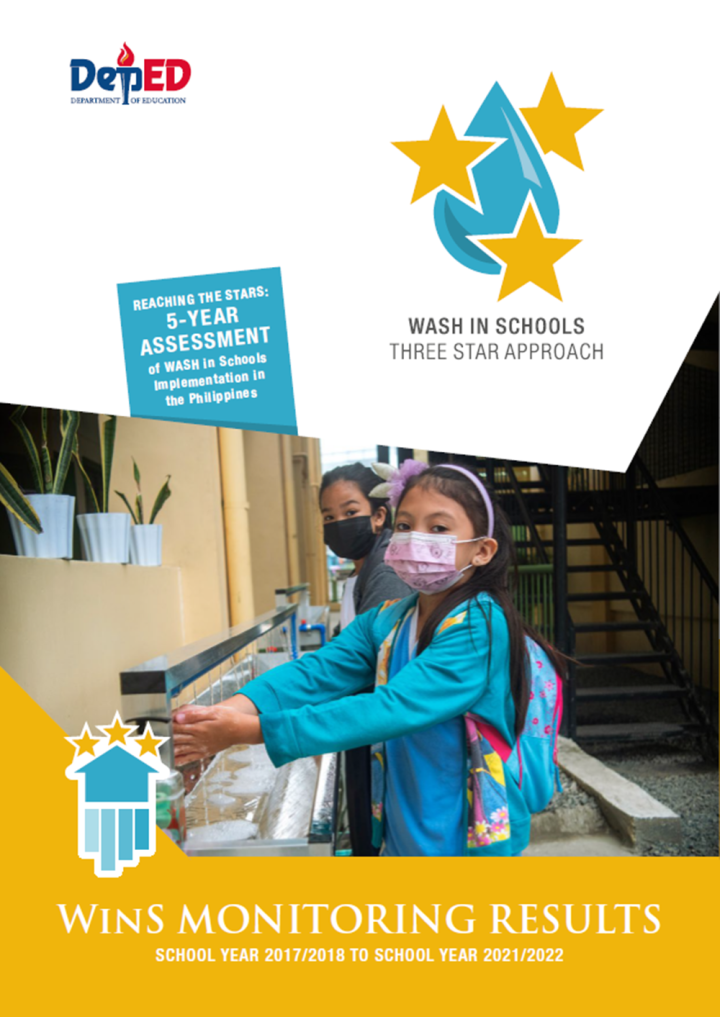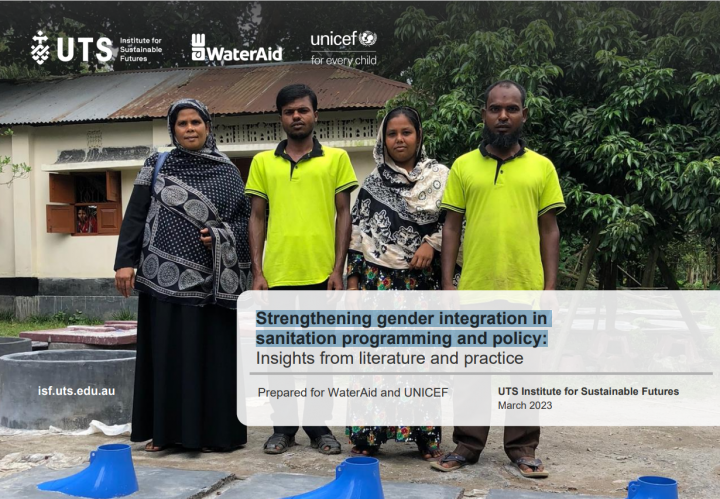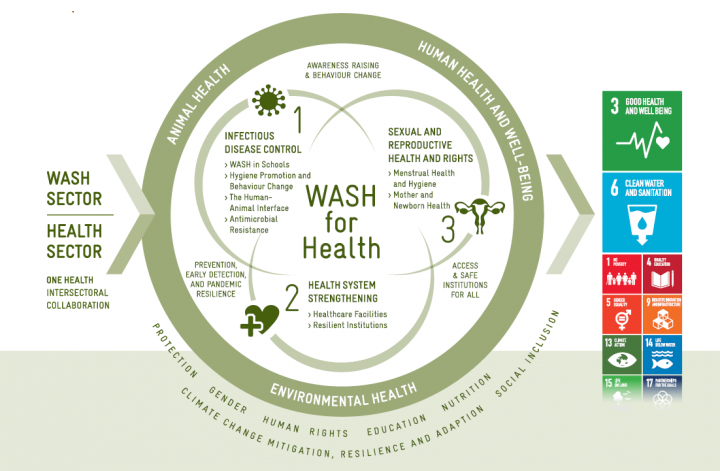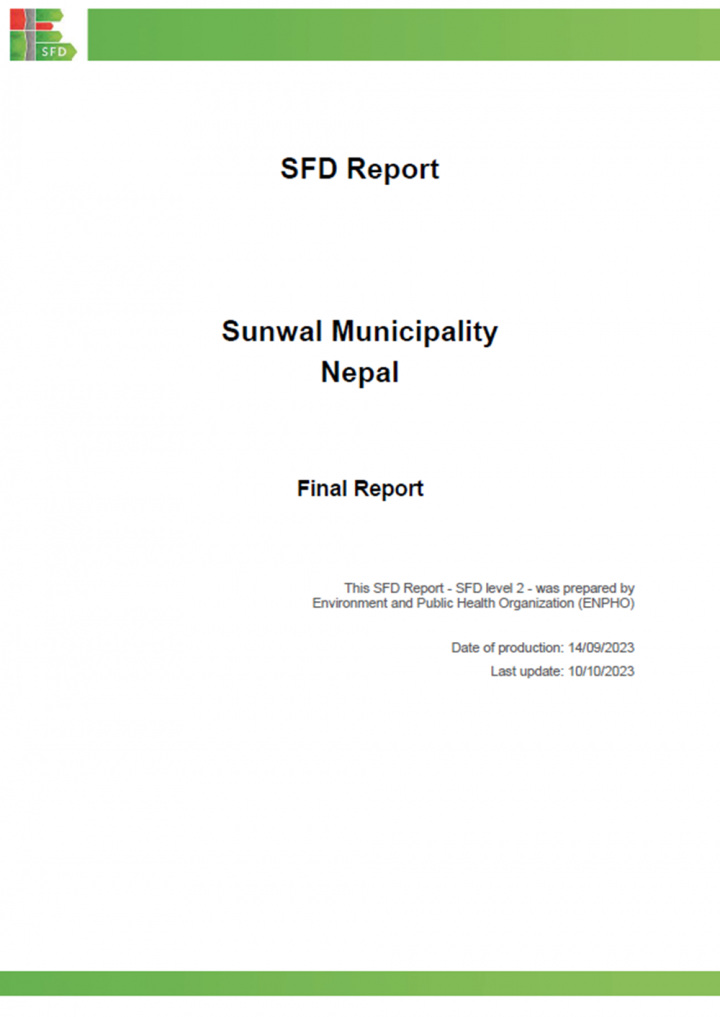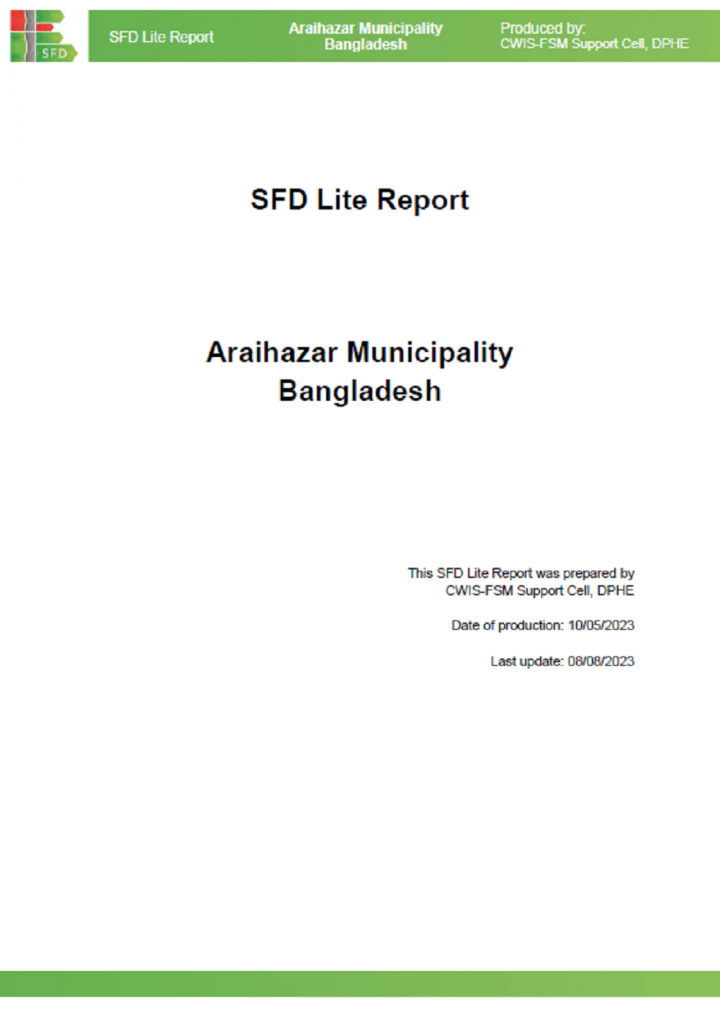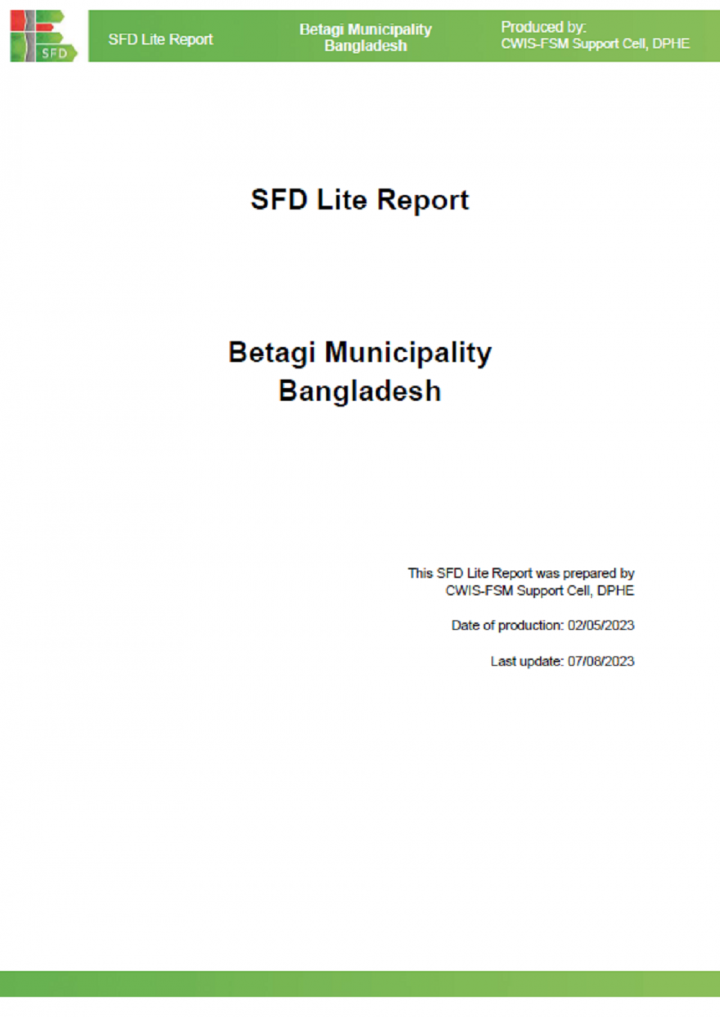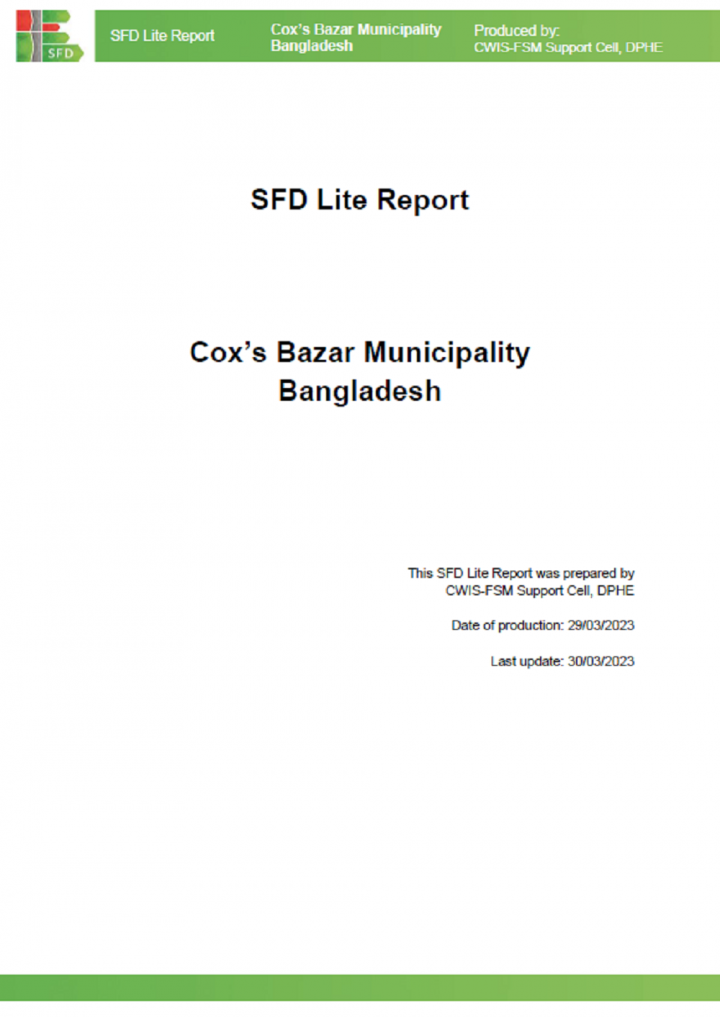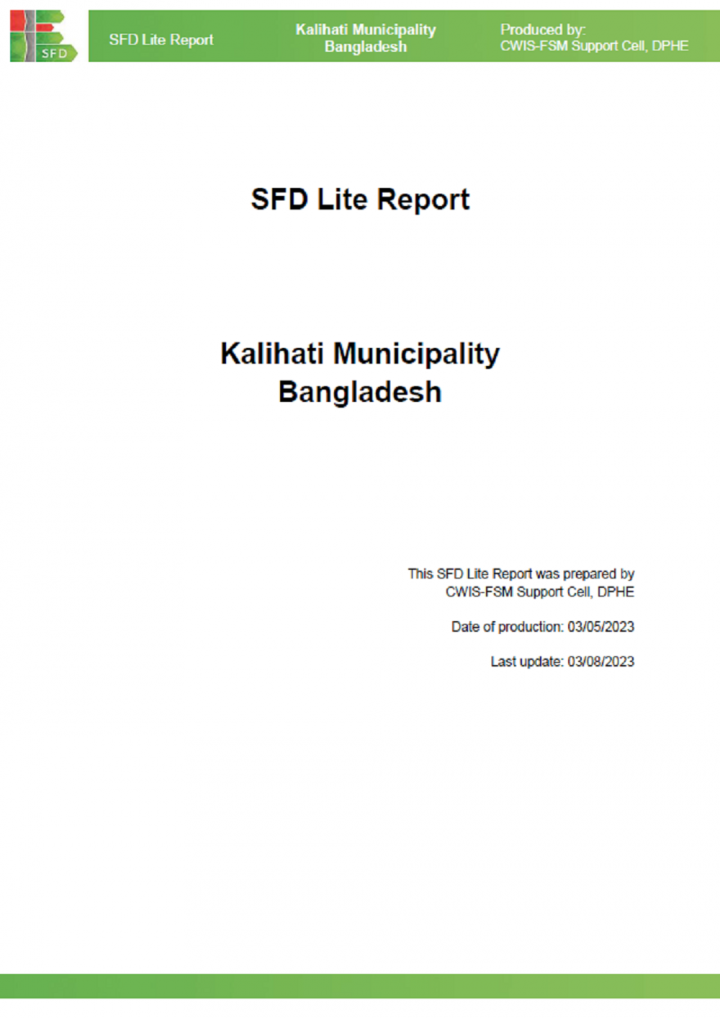Searching for information on Sanitation Workers?
The Sanitation Workers Knowledge + Learning Hub is the best source for all current news, trends, articles and updates on sanitation workers rights around the world.
Sanitation workers face occupational health and safety challenges due to unsafe working conditions and exposure to waste. Numerous studies have highlighted the occupational hazards and accidents faced by sanitation workers, who are also frequently subject to discrimination and neglect within societies. However, there has been limited research quantifying the factors associated with occupational …
This study compares pit-latrine emptying businesses in Kampala, Uganda, and Kigali, Rwanda, focusing on resources, methods, and tariffs. Empirical data from Forever Sanitation and Pit Vidura show challenges with portable vacuum pumps in hard-to-reach areas, highlighting the need for formal manual emptying for some customers where mechanical methods are not viable. Manual emptying has similar …
Understanding and addressing the human resource needs and gaps in the sanitation and hygiene sector is a critical part of achieving universal access to adequate and equitable sanitation and hygiene. Previous studies have attempted to map the human resource capacity and needs of the sanitation and hygiene sectors; however, these studies have focused on educated and skilled professionals, …
The last few decades have witnessed substantial gains in access to sanitation, as nearly 2.4 billion people gained access to improved toilets and open defecation (OD) rates fell 12 percentage-points globally (from 21% to 9%) between 2000 and 2020. Despite this progress, many countries are off track to meet their sustainable development goal (SDG) 6.2 targets. To reach these targets by 2030, a …
Hardware subsidies used to be commonplace policy tools for expanding sanitation access in rural areas. Overtime, however, hardware subsidies were found to produce distortionary effects on sanitation markets and failed to achieve sustained latrine usage and hygienic behaviors, and therefore declined in popularity in the mid-2000s.
However, “no subsidy” approaches are not sufficient either, …
Hardware subsidies used to be commonplace policy tools for expanding sanitation access in rural areas. Overtime, however, hardware subsidies were found to produce distortionary effects on sanitation markets and failed to achieve sustained latrine usage and hygienic behaviors, and therefore declined in popularity in the mid-2000s.
However, “no subsidy” approaches are not sufficient either, …
Sanitation workers play a vital role in maintaining cleanliness and safety within the sanitation chain, a crucial aspect of achieving Sustainable Development Goal (SDG) 6. However, they often face poor working conditions, social and economic marginalization, and significant health risks, including the threat of infection and injury, sometimes leading to fatalities, compromising their dignity and …
Sanitation workers play a vital role in maintaining cleanliness and safety within the sanitation chain, a crucial aspect of achieving Sustainable Development Goal (SDG) 6. However, they often face poor working conditions, social and economic marginalization, and significant health risks, including the threat of infection and injury, sometimes leading to fatalities, compromising their dignity and …
Sanitation workers play a vital role in maintaining cleanliness and safety within the sanitation chain, a crucial aspect of achieving Sustainable Development Goal (SDG) 6. However, they often face poor working conditions, social and economic marginalization, and significant health risks, including the threat of infection and injury, sometimes leading to fatalities, compromising their dignity and …
Sanitation workers provide an essential public service to ensure cleanliness and safety along the sanitation chain. This is key to achieving the ambitious Sustainable Development Goal (SDG) 6, although poor working conditions, social and economic marginalization, high risk of infection and injury even death, mean it is often at the cost of their dignity, health and life. Strengthening social …
Sanitation workers provide an essential public service to ensure cleanliness and safety along the sanitation chain. This is key to achieving the ambitious Sustainable Development Goal (SDG) 6, although poor working conditions, social and economic marginalization, high risk of infection and injury even death, mean it is often at the cost of their dignity, health and life. Strengthening social …
The idea of a WASH Network Circle was born in 2022 from bilateral discussions between SuSanA and other networks, who expressed the need for key networks in the WASH sector to harmonise their activities and identify synergies. The WASH Network Circle was officially launched in Bonn in May 2023 during a meeting hosted by GIZ. Key networks including IWA, FSMA, GWOPA, pS-Eau, SSWM, SWEP, WIN, SaniHub …
Water, Sanitation and Hygiene (WASH) in Schools program in the Philippines has improved significantly over the past years of implementation and contributed to the health and well-being of school children. The program started in 2016 through the DepEd Order No. 10 S-2016 titled “Policy and Guidelines for the Comprehensive WASH in Schools (WinS) Program”. This policy has able to set specific …
The integration of gender equality and inclusion within water, sanitation and hygiene (WASH) service provision is critical to ensuring sustained and equitable access. Efforts to integrate gender considerations in the WASH sector have evolved from an instrumental approach towards a more transformational approach that supports dual outcomes in WASH and in gender equality more broadly. This report …
Urlabari Municipality was declared as municipality on 8th May 2014. The municipality is located in Morang District, Koshi Province. The municipality is divided into nine political wards. The municipality has total 70,908 population with 33,356 males and 37,552 females (Census 2021, n.d.).
Basic sanitation coverage in the municipality is 100%. All the surveyed households in the municipality …
Tansen Municipality is one of the oldest municipalities in the country, established in March 1950. It is located in Palpa District, Lumbini Province. The Municipality has a total of 14 political wards. Tansen Municipality occupies an area of 109.8 square kilometres. The municipality has a total population of 50,792 with 23,414 males and 27,378 females (Census 2021, n.d.).
Palpa District was …
The WASH for Health approach presents significant opportunities for advancing not only SDG 3 (Good Health and Wellbeing) and SDG 6 (Clean Water and Sanitation) through improving public health outcomes, including WASH in infectious disease control, health system strengthening, and sexual and reproductive health and rights. Adopting the One Health approach provides a broader perspective, …
The present project (K5/2897) was about the development, testing and evaluation of two prototype solar thermal drying technologies for the treatment of faecal sludge, namely a greenhouse-type solar dryer and a screw conveyer, and it included a pre-feasibility study.
The prototype testing showed that, temperatures between 35 and 45°C could be obtained with peaks up to 50°C, as well as relative …
The aim of this project is to characterize the moisture boundness in faecal sludge, i.e. how moisture can be found in the sludge structure matrix and its interactions with the solid material. The understanding of moisture boundness will be greatly beneficial to improve the dewatering and thermal drying processes.
The limit of bound-unbound moisture varies between 50 to 70% moisture content …
Birgunj Metropolitan City is located in the Parsa District, Madhesh Province of Nepal, near the southern border with India. Birgunj Metropolitan City was officially formed on 14 April 2017. It was created by merging several local administrative units, including Birgunj Municipality, Pokhariya Municipality, and Adarsh Kotwal Rural Municipality. The total area of Birgunj Metropolitan City is …
Sunwal Municipality is situated in Nawalparasi District of Lumbini Province in the southern region of Nepal. It was established on May 18, 2014 by merging the Village Development Committees (VDCs), Swathi and Sunwal. On March 10, 2017, it was reformed by merging the Ramnagar area and ward 6 of Dhurkot VDC with the already-existing Sunwal Municipality. It is divided into 13 wards.As per the …
Araihazar Municipality is situated within the Araihazar Upazila of Narayanganj District, under Dhaka Division. At present, Araihazar Municipality has 65 km of road network and 13.3 km of drain network. Araihazar is located between latitudes 23°40' and 23°53' north and 90°35' and 90°45 east. It is bordered on the north by the upazila of Narsingdi Sadar, on the west by the upazilas of Rupganj …
Betagi Municipality is situated within the Betagi Sub-District (Upazila) in Barguna District (Zila), which is under Barishal Division. The geographical coordinates of Betagi are between 22º 09.45' and 22º 11.52' N and between 90º 11.55' and 90º 13.12' east longitude . It is bordered on the north by the Upazilas of Bakerganj and Rajapur, on the south by the Upazila of Barguna Sadar, on the …
Cox’s Bazar is a fast-growing city, which is 402 km away from Dhaka city and it is well connected with road, and airways. It is bounded by the Bakkhali River in the north and east and by the Bay of Bengal in the west. Cox’s Bazar Municipality was established in 1869. it was upgraded to class A municipality in 1972. Cox’s Bazar is one of the 53 municipalities in the country.According to the …
Kalihati Municipality is situated within the Kalihati Sub-District (Upazila) in Tangail District (Zila), which is under Dhaka Division. The geographical coordinates of Kalihati are latitudes 24⁰16' N and 24⁰ 25' N and longitudes 89⁰ 85' E and 90⁰ 05' E. Its northern and western boundaries are formed by the upazilas of Bhuapur and Ghatail, the southern and eastern boundaries by the …

